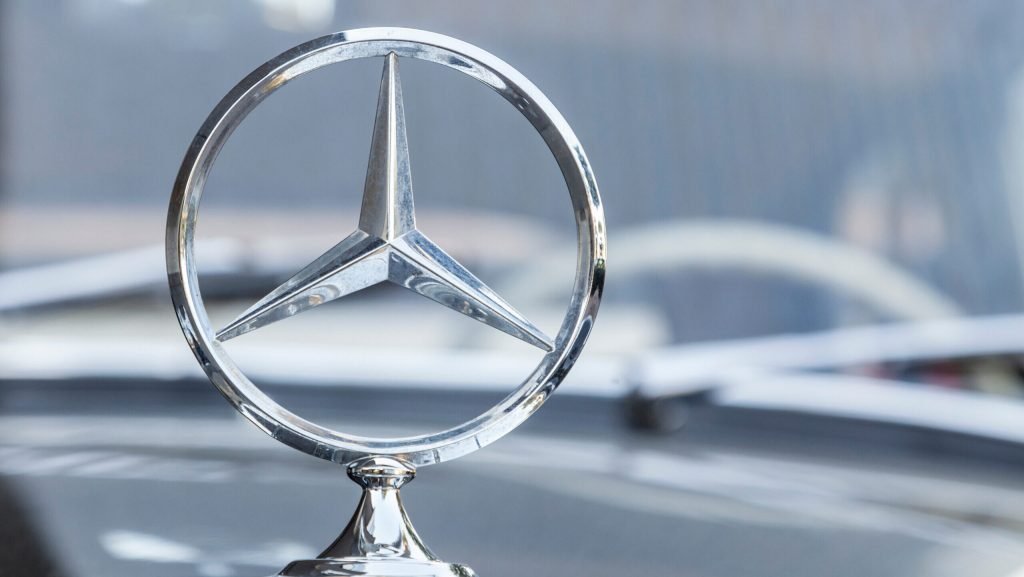In the early 1990s and before, Alabama's top industry was textiles. This is evidenced by the low-wage hosiery factories that dotted the state, along with large facilities manufacturing blue jeans, sportswear, and other apparel products.
But in 1993, Mercedes shocked the world by announcing plans to build a $350 million factory in Vance, Alabama, to build its new M-Class SUV cars, which still benefits the state today. We began a revolution that continues.
Suppliers needed to get vehicle parts here quickly, and once Mercedes' smart decision became clear, companies like Mazda, Toyota, Honda, and Hyundai built facilities in Alabama.
These developments came at perfect timing, as Alabama's textile industry nearly disappeared soon after free trade agreements negotiated at the time sent thousands of jobs to Mexico, China, and other low-wage countries.
Like layer after layer of building blocks, our success in the automotive sector provided a strong foundation that later attracted Boeing, Airbus, Lockheed Martin, Sikorsky, and many other high-tech companies to Alabama. It has enabled the state to build a world-class aerospace sector. Tennessee Valley.
Industrial partners like Austal USA are also bringing jobs and opportunity to the Gulf region by building the next generation of naval warships in the Yellowhammer State.
But you may be wondering what inspired Mercedes to make its first bold decision to locate here more than 30 years ago.
Apart from the industrial incentives offered by all competing states, I believe three factors unique to Alabama attracted the attention of the auto giants. A dedicated and trainable workforce with a work ethic unmatched in the United States, a low-cost, business-friendly economic environment, and a lack of union activity and participation.
This combination continues to provide the perfect three-legged stool for economic development, but if any of these legs are lost, the stool will no longer be able to continue standing, and unfortunately, one of them The legs of the book are threatened.
Just last month, the United Auto Workers, commonly known as the UAW, announced a new effort to organize workers and expand its reach in states that have historically and traditionally resisted unionization, like ours. .
If they succeed, Alabama, and states like ours, will soon see the auto industry recede like a fast ebb.
The UAW and other labor unions are typically most active in areas with a high cost of living, high taxes, and few high-paying, long-term jobs, but Alabama has one of the lowest costs of living and taxes. Today, lucrative employment opportunities for the 21st century are abundantly available to those who desire them.
Alabama auto companies already offer generous pay and benefits across the board, and have high ratings in employee satisfaction surveys.
Giving the UAW a foothold in the state is like throwing a ton of toxic castor oil into a very tasty recipe for economic development.
Since that initial surprising announcement, Mercedes has continued to expand its presence in Alabama, adding new models to its portfolio, including electric vehicles manufactured in Vance, and investing more than $7 billion in the Yellowhammer state. .
Hyundai recently announced a $300 million expansion of its Montgomery plant, adding 200 new jobs, while one of its key suppliers, Hyundai Mobis, will supply electric vehicle batteries and expand its Montgomery plant by 2025. The company is building a $400 million factory that will employ 400 people and will be operational.
Mazda Toyota Manufacturing is currently working to hire an additional 300 people to reach its goal of 4,000 employees at its $2.3 billion automotive assembly plant in Huntsville.
Honda's plant in Talladega County is also investing heavily in $3 billion in upgrades to make it easier and faster to produce Pilot SUVs, Ridgeline pickup trucks and other vehicles.
With so much expansion, investment, and most importantly job creation taking place within Alabama's auto sector, there is a danger that the UAW could upend this delicate balance and reverse these positive trends. There is no point in risking it.
This brings to mind one of the most well-known and oft-used Southern expressions: “If it ain't broke, don't fix it.”
To counter UAW efforts that could kill our ability to export our jobs to other regions and hire new and expanding industries, the Alabama Business Council and our allies will Information campaign titled “Alabama Strong.”
using Website, Through online advertising and other forms of digital and social media, our campaign provides Alabama residents with a complete picture of the economic risks of unionizing. “Alabama Strong” will also suggest ways we can all stand up and dissuade the UAW from making our state its primary battleground.
Newspaper headlines are often filled with stories about the decline of Detroit. Parts of Detroit, famous for its car manufacturing, now look like Wall Street on Black Tuesday in 1929. Jobs are scarce, opportunities are few and far between, and there is a legitimate expectation of returning to the old Detroit. Its glory days as an economic center are rare.
Much of the decline that exists in today's “automobile cities” is due to the intolerable demands the UAW has placed on automakers, and this foolish action has caused countless jobs to be lost to right-to-work states like ours. The once great metropolis has become dysfunctional. .
Join our Alabama Strong campaign and commit to not doing to Alabama what the UAW did to Detroit.
















